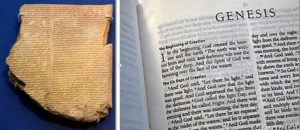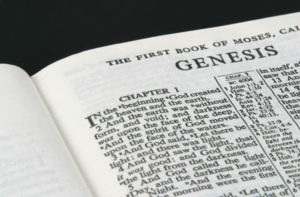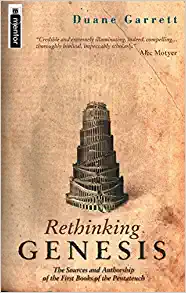
The Documentary Hypothesis (DH) posits that the Pentateuch is a compilation of four originally independent sources which Old Testament critics designate as J (Jahwist), E (Elohist), P (Priestly) and D (Deuteronomic). Julius Wellhausen, one of the chief architects of the DH suggested the following dates for the documents: J c. 850 BC, E c.750 BC, D c. 622 BC and P c. 500 BC. He further surmised that the documents were merged together by Jewish scribes during the Babylonian exile, so that the final redaction of the current Pentateuch was completed in the time of Ezra during the fifth century BC. However, critics of the DH have identified intractable problems which undermine the theory. As such, not many Old Testament scholars today overtly promote the DH. However, in the absence of an alternative critical theory, the DH remains the operating framework for many Old Testament critics today.
Two wide-ranging implications arise from the DH. First, if the Pentateuch assumed its conclusive redaction during the Babylonian period, that is, six centuries after Moses, then it cannot be relied on as reliable historical source of the Patriarchal period. Second, based on the DH, critics argue that the composition of Genesis 1-11 was influenced by Babylonian myths. Conversely, the purported influence of Babylonian myths in Genesis is forwarded as evidence of the DH.
——————————–
Part 1 seeks to demonstrate that the theory of Babylonian mythological influence on Genesis 1-11 rests of precarious foundations and thereby questions one of the assumptions of the DH that the book of Genesis (and the Pentateuch) was essentially shaped in a Babylonian context.
Part 2 offers an alternative understanding of the trajectory of the historical traditions of the book of Genesis developed by Duane Garrett who argues that the historical setting of the sources of the book of Genesis is Egyptian. In particular, it was the Levites who recorded and preserved the historical traditions of Israel handed to them by Moses. Continue reading “Between Babylon and Egypt: Mythology or Historical Traditions in the Book of Genesis. Part 1”



